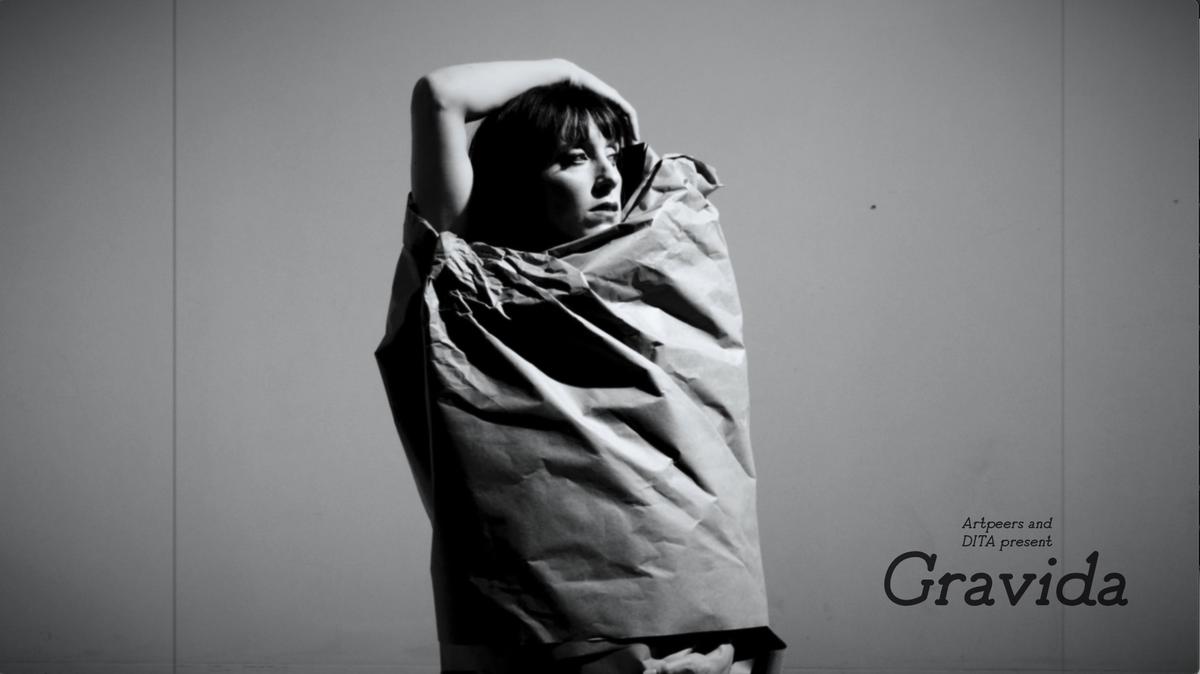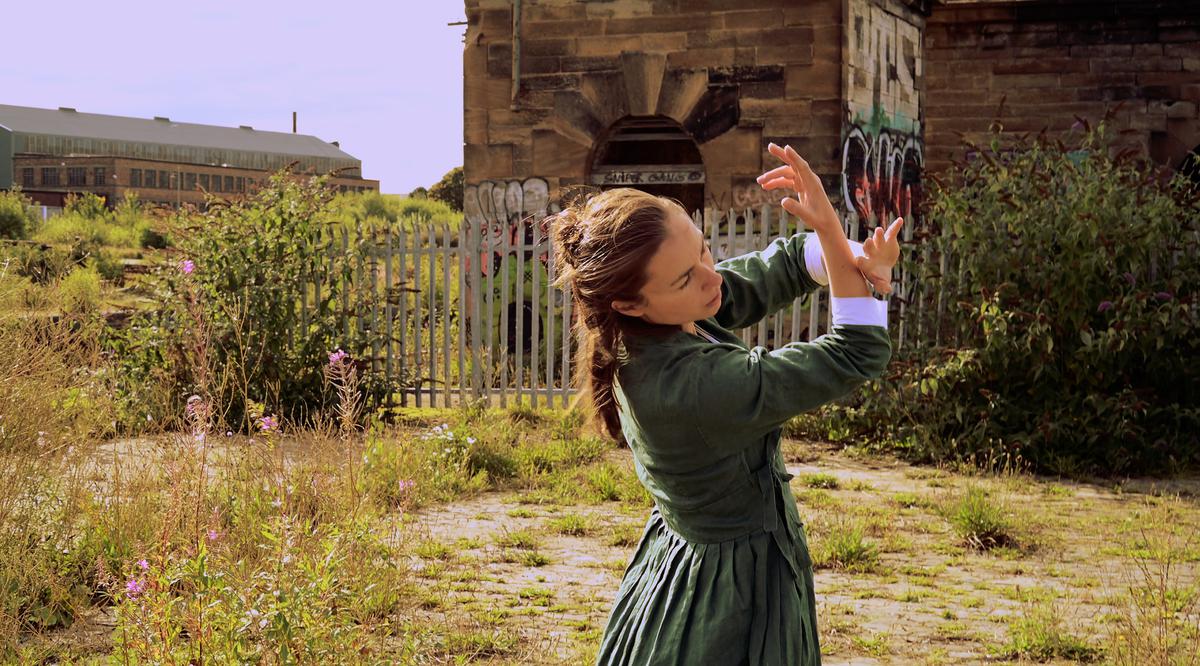Three-day Manifest International dance-film festival to be held in Puducherry, explores the bond between two art forms
In the last two years, we have realized the potential of dance films more than ever. In the absence of a platform to perform, artists began to explore this medium to reach out to the audience. In the process, many of them saw dance-film collaborations as an exciting alternative to storytelling or sharing creative ideas. Although it is still distinctive and new as an independent genre, it is slowly finding an involved audience.
In this context, Manifest, a dedicated dance film festival, is of great importance. Held in Puducherry from July 29 to 31, it will involve a cinematic exploration of movement and choreography. Organized by Auropar with Narthaki (the venue partner Alliance Française), it will include documentaries on dance, mainstream music, music videos, and fiction or experimental dance films.
From Pilgrimage, , photo credit: special arrangement
What is not included in this is a recording of a dance performance. “There is now a larger audience for documentary films, whereas there has always been a larger number for commercial cinema. But there is a third place, which is film as a work of art, and we felt there was not much happening here and we wanted to focus on that,” said dancer Ashawari Mazumdar, co-founder of Auroapar and director of the festival it is said. Talking about how the festival deliberately stays away from the documentary genre, Ashawari says, “We are looking at independent artists to experiment with dance and film to come up with a new look, not just Documentation.”
collaborative forum

From gravida, , photo credit: special arrangement
Films from over 20 countries will be screened along with a dedicated section on Asian/Indian motifs. The festival will provide a platform that brings together artists, academics and industry professionals. Ashawari and Abhyudaya Khaitan, who are the co-founders of Auro-Par and the program head of the festival, observed that it was only during the pandemic that a large number of dance films were made across the world. “We realized that there is a lack of platforms to showcase and watch them. That’s when we thought that there should be such a festival. We also realized that there is no annual International Dance Film Festival in India. There have been only sporadic incidents; Some happened during the pandemic, but those were closed events and not open calls for submissions,” says Asawari.

From out of time, , photo credit: special arrangement
Along with the festival, they are also organizing an incubator of Indian dance film projects, where faculty such as dancer-choreographer and Anita Ratnam, founder of Dancer, will guide participants in dance filmmaking. “Our idea of Incubator stems from our passion for the Indian look. We are going to discuss what is Indian film or Indian dance? We’re specifically looking at traditional practices and how they’re going to interact with physical media.”
The three-week ‘Manifest Incubator’ will guide the participants through the installation/idea stage to the final result of a short dance film in five stages. They will be mentored in storyboarding, finalizing locations, duration and technical requirements. And they will be fully assisted – be it theatrical and technical inputs, logistical support on location and much more till the final films are made and screened.
new possibilities
Anita Ratnam says that the pandemic has opened up new possibilities. “This has made us realize that interesting short films can be made with a hand-held phone, iPad or any small device. It can also be a 30 second reel. Now, a dancer who can’t do it on stage can be imprisoned, you just need to do one continuous movement. Editing has to make a perfect end result. It can collapse time and space, and you can move from place to place in just one edit. The pandemic has really exposed these features. ,
“These films can be powerful, quirky and provocative, and tackle social issues and climate change,” says Anita. He hopes the dancers will break out of their cocoons and collaborate with the filmmakers. “They can discover their own individuality, the other side of it, and appreciate that it is also an art. In the next three years, I want to see more enthusiastic participation and representation from the Indian region.”
The author is a theater practitioner.